About the Collection
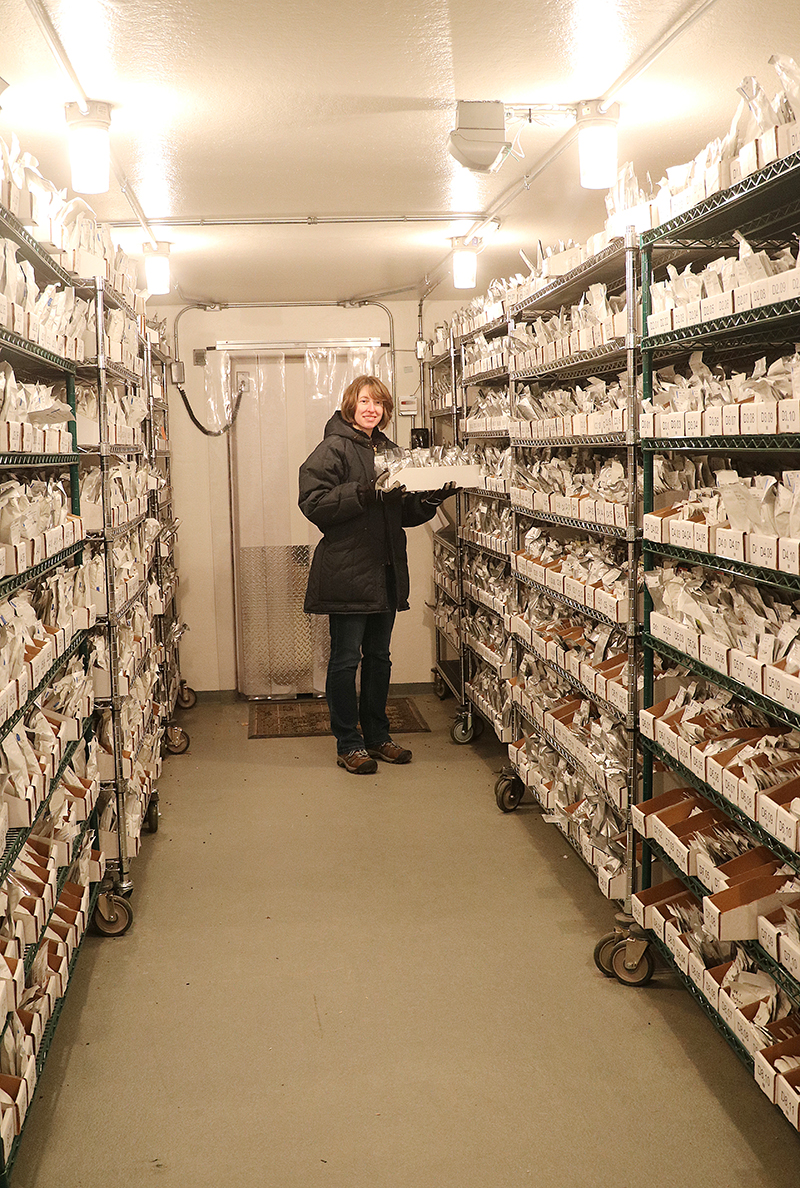 The living collection consists of an open-access seed bank and plant collections, including historic apple orchards, potatoes, and garlic which are maintained at our Heritage Farm near Decorah, Iowa. Primarily focused on edible garden fruits and vegetables, herbs, and flowers, the scope of the living collection includes varieties with a deep and enduring connection to the gardening and farming heritage of the United States.
The living collection consists of an open-access seed bank and plant collections, including historic apple orchards, potatoes, and garlic which are maintained at our Heritage Farm near Decorah, Iowa. Primarily focused on edible garden fruits and vegetables, herbs, and flowers, the scope of the living collection includes varieties with a deep and enduring connection to the gardening and farming heritage of the United States.
After Kent Whealy and Diane Ott Whealy founded Seed Savers Exchange, home gardeners began to send their own treasured seeds to entrust for future preservation. Along with seeds, they sometimes wrote letters that recount memories and special connections to the varieties. The grassroots collection that grew from these humble beginnings represents a cultural legacy of gardening knowledge, stories, and traditions.
Stewards
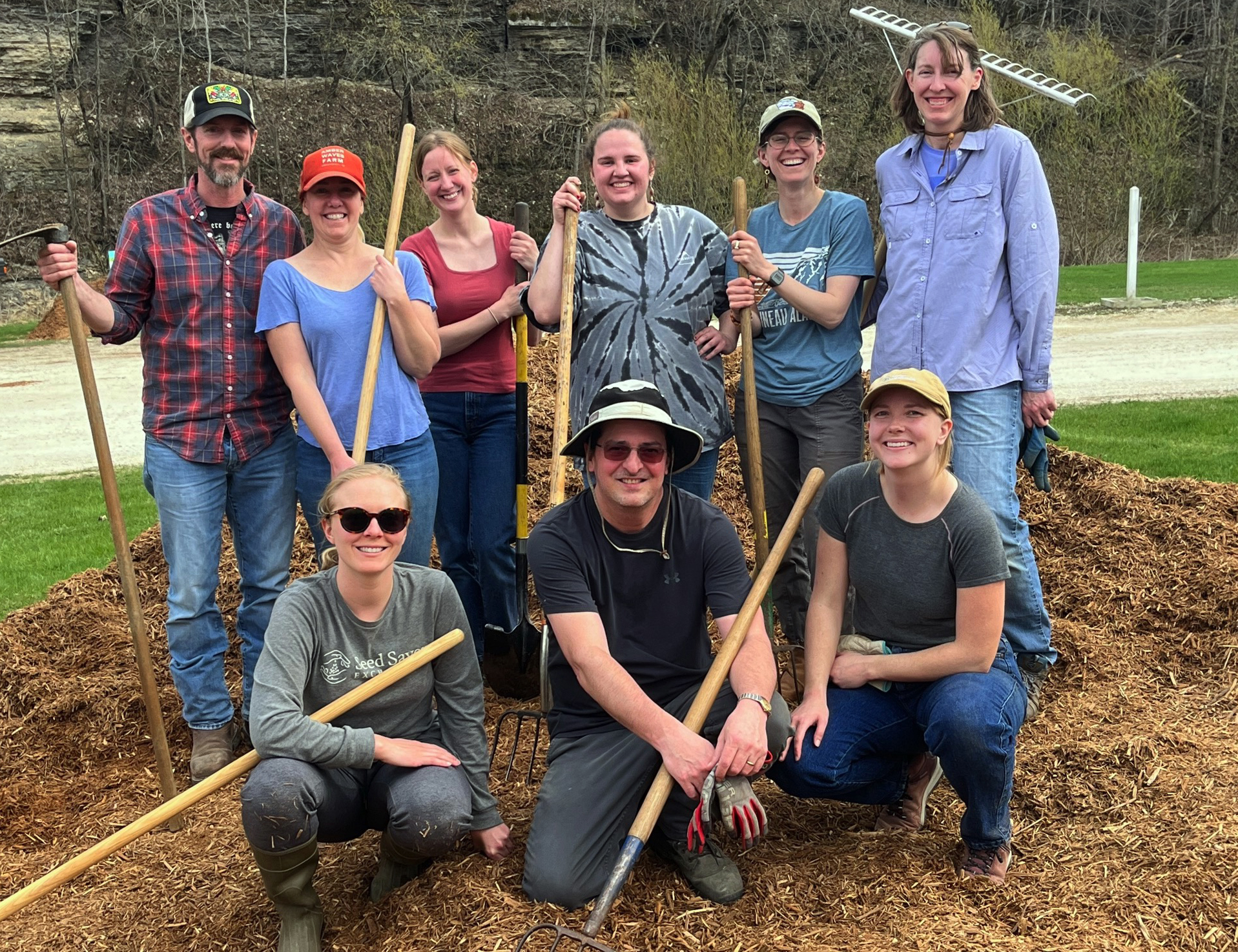 Seed Savers Exchange continues to deepen its understanding of the living collection and the significance that these varieties hold for their stewards. SSE’s seed historians research varieties by reconnecting with seed donors to learn more about the people and places from which the varieties came.
Seed Savers Exchange continues to deepen its understanding of the living collection and the significance that these varieties hold for their stewards. SSE’s seed historians research varieties by reconnecting with seed donors to learn more about the people and places from which the varieties came.
You can find stories of cultural heritage, resilience, and shared garden experiences in the Seed Stewardship Stories.
Public Engagement & Seed Access
Public engagement and seed access have been integral to Seed Savers Exchange’s mission from the very beginning. SSE strives to actively engage diverse communities to help preserve and illuminate the seed stories and broad cultural heritage that lie within the collection. 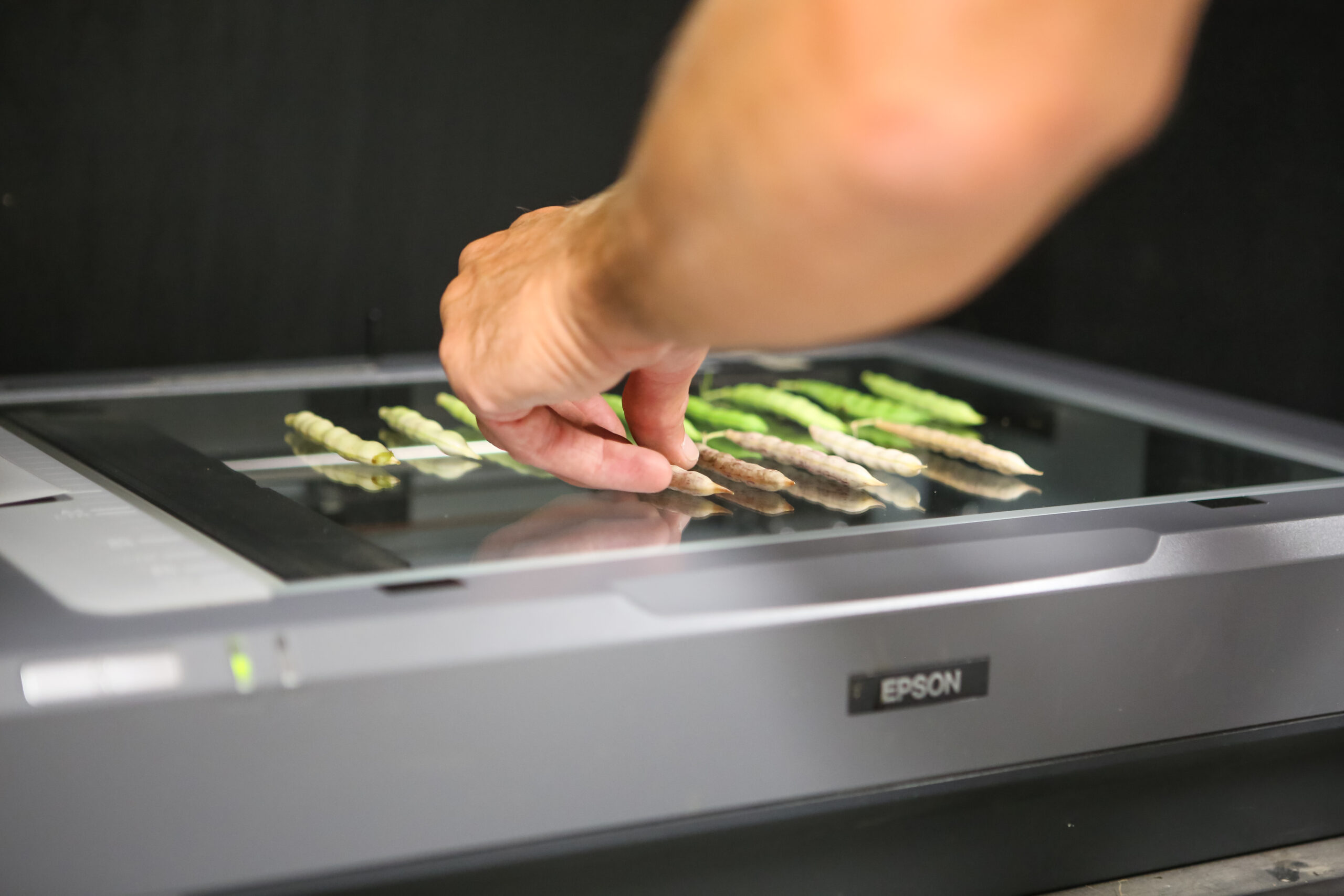
Collection to Catalog (C2C): A collaborative group with representatives from preservation, field operations, seed inventory, and communications evaluate a selection of the SSE collection varieties based on commercial availability, uniqueness, taste, production, and stewardship history. Varieties are put through trialing on-site at Heritage Farm and through the community science program, ADAPT, that engages home gardeners and farmers. Once selections have been made the varieties enter a multi-year production plan.
Collection to Catalog Stewardship Statement: Seed Savers Exchange is one of many voices celebrating the relationships between seeds and people. These narratives are often complex, multi-faceted, and sometimes unacknowledged. While it is not possible for one voice to comprehensively represent the full range of stewardship experiences across time and culture, all gardeners and seed savers can play a role in uplifting the seed stories that they cherish. We aim to illustrate the cultural heritage and ongoing traditions of seed saving.
By growing out varieties, healthy seed is produced both for long-term preservation in the collection and to introduce into the commercial market. Many Exchange users will recognize some of the C2C varieties because SSE will often list varieties on The Exchange before and during the C2C process.
Interested in participating in the stewardship of the living collection? Explore Seed Savers Exchange community science programs ADAPT and RENEW.
The Seeds
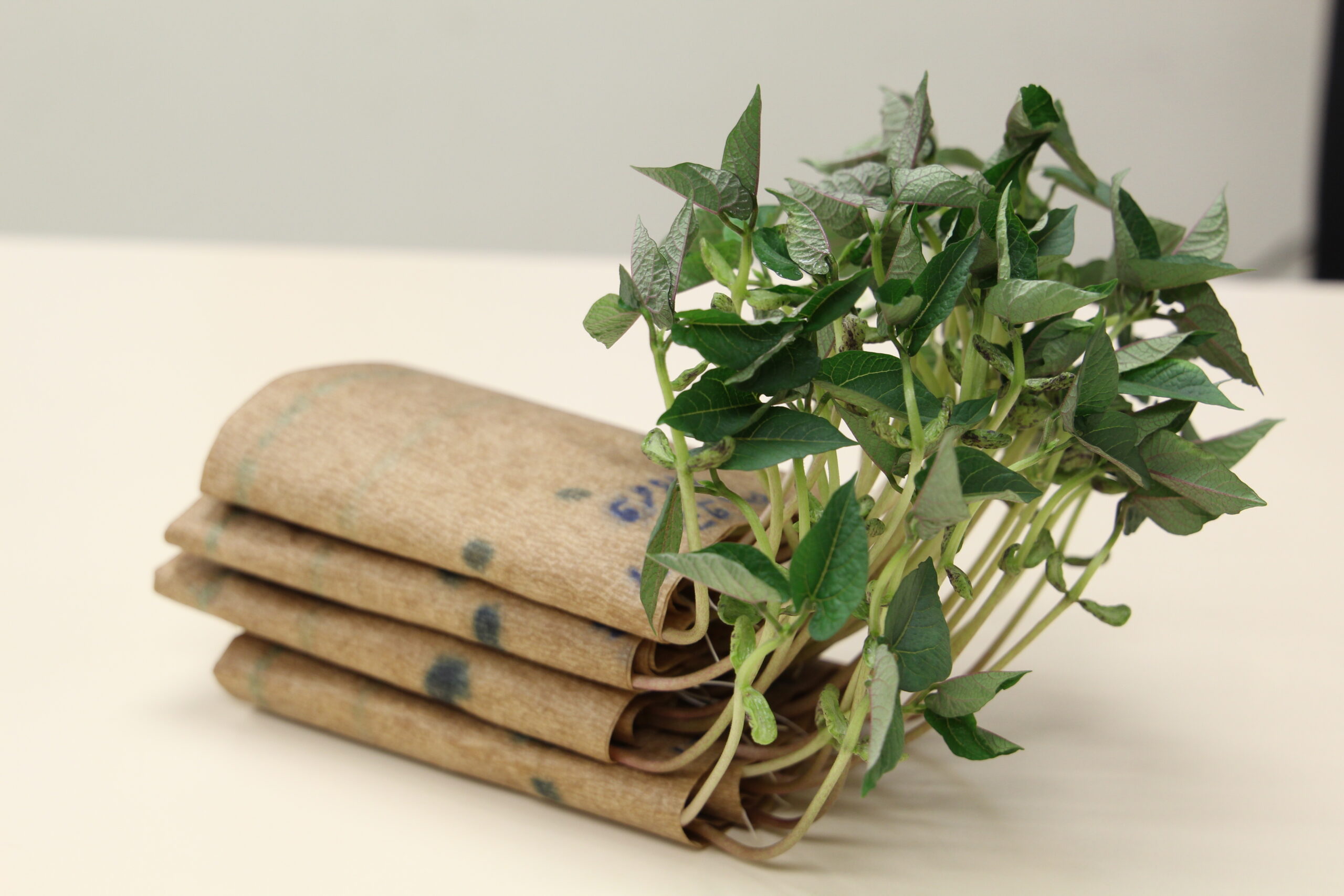 Caring for the 20,000 varieties is a long-term endeavor that involves annual cycles of regeneration and on-going stewardship. To ensure seeds are viable and true-to-type, varieties are grown for seed production in isolation gardens around Heritage Farm on a regular basis. Harvested seeds are threshed, winnowed, dried, germination tested, packaged, and stored in climate-controlled rooms. We continuously learn more about the varieties in the collection through plant evaluations and by connecting with donors through seed histories research.
Caring for the 20,000 varieties is a long-term endeavor that involves annual cycles of regeneration and on-going stewardship. To ensure seeds are viable and true-to-type, varieties are grown for seed production in isolation gardens around Heritage Farm on a regular basis. Harvested seeds are threshed, winnowed, dried, germination tested, packaged, and stored in climate-controlled rooms. We continuously learn more about the varieties in the collection through plant evaluations and by connecting with donors through seed histories research.
Learn more about seed saving, processing, and storage in the Education section.
The Apples
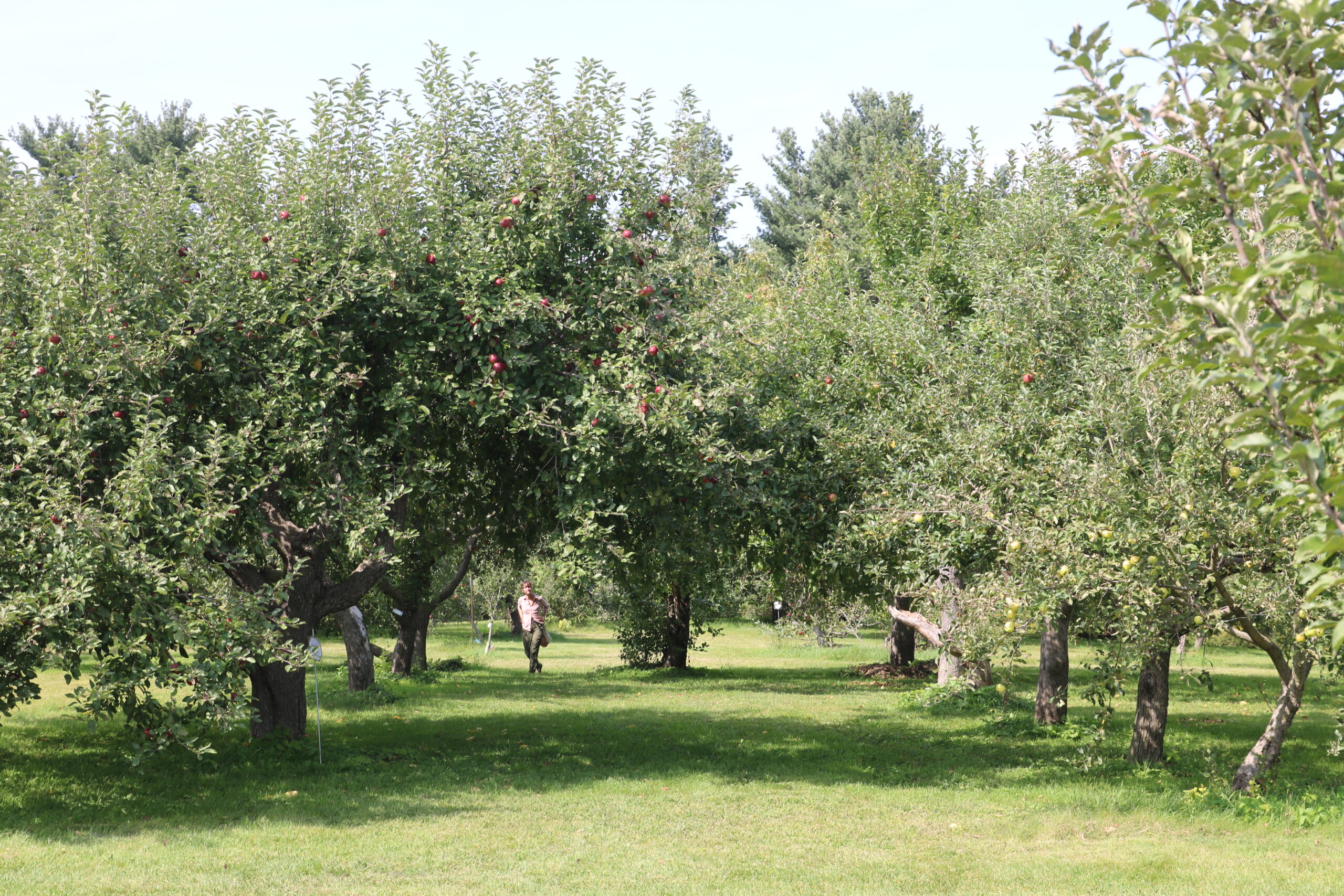 The highest profile and most-visited components of the collection at Heritage Farm are the Amy Goldman Heritage Orchard and the Historic Orchard, home to hundreds of unique apple varieties. With a commitment to preserving the rich apple heritage of the Midwest, these orchards have become a living testament to the region’s agricultural legacy. These orchards are not a static collection; they are dynamic and continuously evolving, adapting to best preserve apple diversity for future generations.
The highest profile and most-visited components of the collection at Heritage Farm are the Amy Goldman Heritage Orchard and the Historic Orchard, home to hundreds of unique apple varieties. With a commitment to preserving the rich apple heritage of the Midwest, these orchards have become a living testament to the region’s agricultural legacy. These orchards are not a static collection; they are dynamic and continuously evolving, adapting to best preserve apple diversity for future generations.
Interested in learning more about our orchards? Check out these articles:
Seed Savers Exchange distributes scionwood every year via The Exchange and hosts an annual virtual Apple Grafting series.
The Potatoes
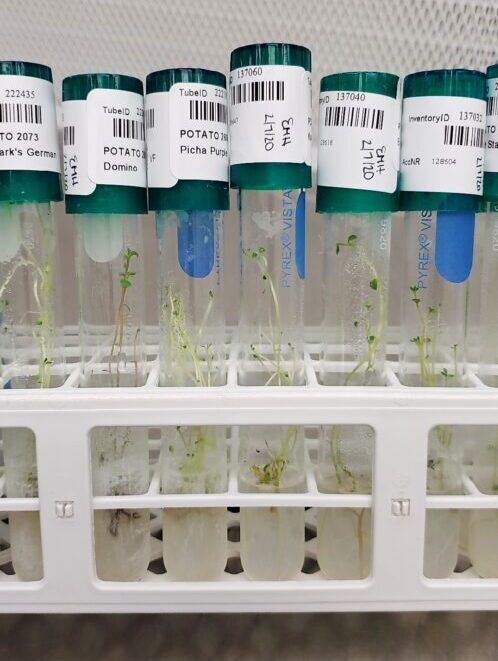
Seed Savers Exchange’s potato collection includes more than 500 varieties maintained in tissue culture. Each variety grows in a test tube on an agar medium.
Seed Savers Exchange does not currently offer potato seed or tubers for sale, but SSE does offer roughly 30-40 varieties to share with you through The Exchange.
The Garlic
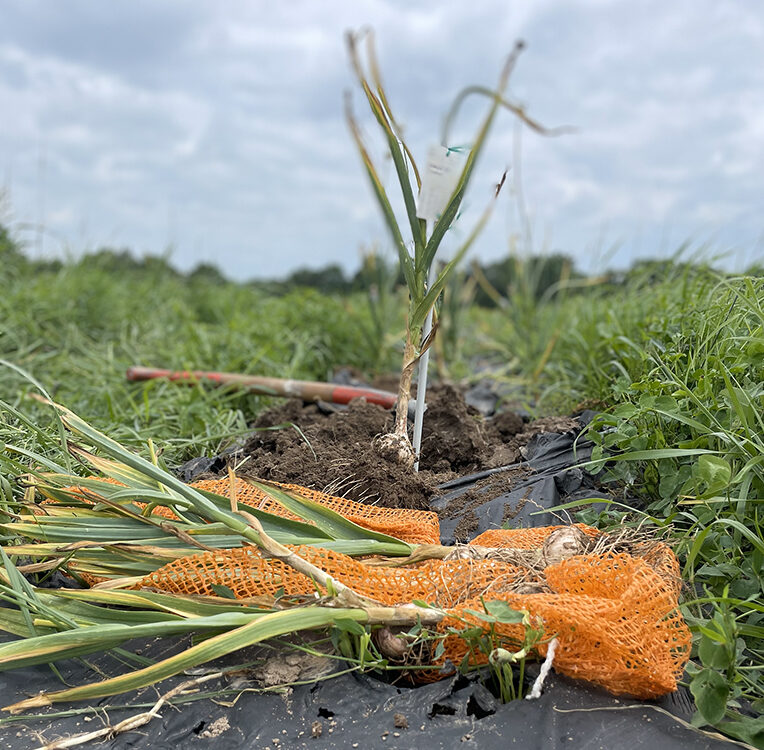 Seed Savers Exchange has more than 200 garlic varieties in the collection. Garlic at Heritage Farm is planted after the first light frost in the fall. Harvest happens after leaf die-back when half of the leaves have dried down, usually in June or early July at Heritage Farm. Next the garlic is hung to dry immediately after harvesting for 4-6 weeks so the bulbs can cure, extending its shelf life. Finally the bulbs are separated and the best ones are saved for replanting.
Seed Savers Exchange has more than 200 garlic varieties in the collection. Garlic at Heritage Farm is planted after the first light frost in the fall. Harvest happens after leaf die-back when half of the leaves have dried down, usually in June or early July at Heritage Farm. Next the garlic is hung to dry immediately after harvesting for 4-6 weeks so the bulbs can cure, extending its shelf life. Finally the bulbs are separated and the best ones are saved for replanting.
Save the date! Seed Savers Exchange will offer seven varieties of garlic (four porcelain and three purple-stripe) for sale in 2024. Orders for garlic open on Monday, July 1, so mark your calendar!
Various listers on the Exchange offer hundreds of garlic varieties as well!
Interested in learning more about growing garlic? Check out our garlic growing guide.
Seed Donation Accessions Policy (Abbreviated)
Since 1975, Seed Savers Exchange has protected the biodiversity of our food system by preserving rare, heirloom, and open-pollinated (non-hybrid) varieties of seeds and the inspirational stories behind them. Our focus on the seed’s heritage and cultural history sets us apart from other seed banks. Therefore, before we can accept seed donation, we must learn more about its history of being grown, saved, and shared, and why it is special to you.
The large number of varieties already under our care also dictates that we follow certain criteria, outlined in an accessions policy, that set a clear trajectory for the focus and evolution of the Collection:
- The variety must be open-pollinated and stable. This means that, when allowed to pollinate only with other plants of the same variety, the offspring that are produced display the same characteristic traits of the variety.
- The variety must have a history of being grown for at least 20 years. This might be 20 years of stewardship by one gardener or a total of 20 or more years by several garden stewards.
- The variety must have some history of being grown in the United States. We welcome varieties that originate outside of the United States, but we require that a portion of their stewardship has taken place in the U.S.
- Seed Savers Exchange must have the donor’s permission to share the seeds and their story with the public for educational and promotional purposes.
Interested in the full accessions policy, or have a seed you’d like to donate to SSE? Please contact, assistant seed historian, Eduardo Fernandez.
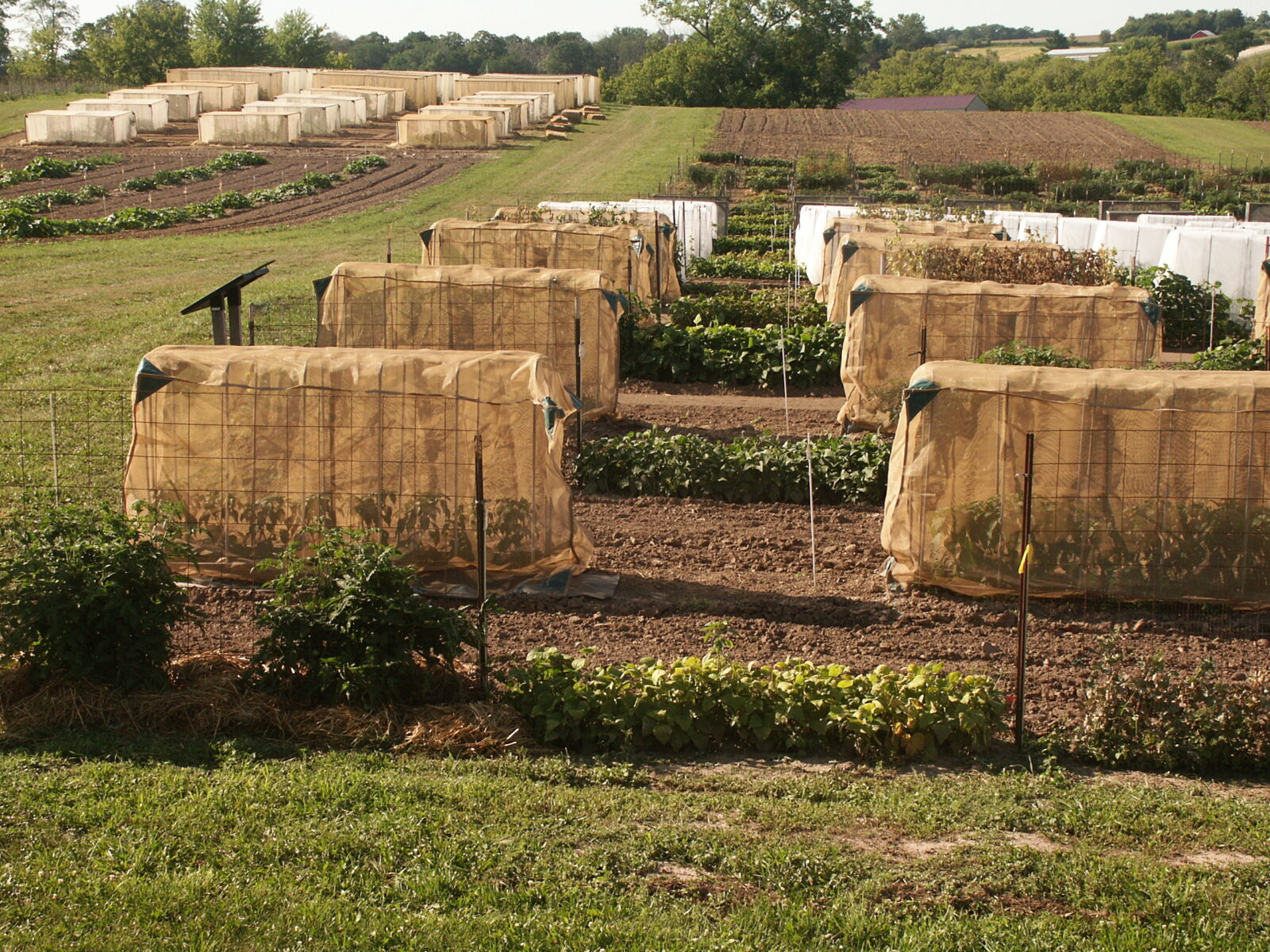
 The living collection consists of an open-access seed bank and plant collections, including historic apple orchards, potatoes, and garlic which are maintained at our Heritage Farm near Decorah, Iowa. Primarily focused on edible garden fruits and vegetables, herbs, and flowers, the scope of the living collection includes varieties with a deep and enduring connection to the gardening and farming heritage of the United States.
The living collection consists of an open-access seed bank and plant collections, including historic apple orchards, potatoes, and garlic which are maintained at our Heritage Farm near Decorah, Iowa. Primarily focused on edible garden fruits and vegetables, herbs, and flowers, the scope of the living collection includes varieties with a deep and enduring connection to the gardening and farming heritage of the United States.  Seed Savers Exchange continues to deepen its understanding of the living collection and the significance that these varieties hold for their stewards. SSE’s seed historians research varieties by reconnecting with seed donors to learn more about the people and places from which the varieties came.
Seed Savers Exchange continues to deepen its understanding of the living collection and the significance that these varieties hold for their stewards. SSE’s seed historians research varieties by reconnecting with seed donors to learn more about the people and places from which the varieties came. 
 Caring for the 20,000 varieties is a long-term endeavor that involves annual cycles of regeneration and on-going stewardship. To ensure seeds are viable and true-to-type, varieties are grown for seed production in isolation gardens around Heritage Farm on a regular basis. Harvested seeds are threshed, winnowed, dried, germination tested, packaged, and stored in climate-controlled rooms. We continuously learn more about the varieties in the collection through plant evaluations and by connecting with donors through seed histories research.
Caring for the 20,000 varieties is a long-term endeavor that involves annual cycles of regeneration and on-going stewardship. To ensure seeds are viable and true-to-type, varieties are grown for seed production in isolation gardens around Heritage Farm on a regular basis. Harvested seeds are threshed, winnowed, dried, germination tested, packaged, and stored in climate-controlled rooms. We continuously learn more about the varieties in the collection through plant evaluations and by connecting with donors through seed histories research.  The highest profile and most-visited components of the collection at Heritage Farm are the Amy Goldman Heritage Orchard and the Historic Orchard, home to hundreds of unique apple varieties. With a commitment to preserving the rich apple heritage of the Midwest, these orchards have become a living testament to the region’s agricultural legacy. These orchards are not a static collection; they are dynamic and continuously evolving, adapting to best preserve apple diversity for future generations.
The highest profile and most-visited components of the collection at Heritage Farm are the Amy Goldman Heritage Orchard and the Historic Orchard, home to hundreds of unique apple varieties. With a commitment to preserving the rich apple heritage of the Midwest, these orchards have become a living testament to the region’s agricultural legacy. These orchards are not a static collection; they are dynamic and continuously evolving, adapting to best preserve apple diversity for future generations.
 Seed Savers Exchange has more than 200 garlic varieties in the collection. Garlic at Heritage Farm is planted after the first light frost in the fall.
Seed Savers Exchange has more than 200 garlic varieties in the collection. Garlic at Heritage Farm is planted after the first light frost in the fall.